Diamonds are synonymous with love, devotion, and timeless beauty, but what makes these stones so special? Are diamonds really rare as marketing campaigns suggest? In this blog, we’ll uncover the factors that set diamonds apart, explore their formation, and delve into the exciting world of lab-grown diamonds as a sustainable alternative for engagement rings and fine jewelry.
What Makes Diamonds Special?
1. Are Diamonds Really Rare? The Truth About Availability
Diamonds are often perceived as one of the rarest gemstones, but in reality, they are among the most commonly found. The International Gem Society (IGS) notes that diamonds are widely available, especially compared to gemstones like rubies, emeralds, and sapphires.
Think about it—how many people do you know who own a diamond ring? Now, compare that to the number of people who own other precious gemstones. The idea of diamond rarity is more about marketing strategies than true scarcity.
2. Diamonds Are the Hardest Natural Substance
Diamonds are composed of 99.5% pure carbon, making them the hardest natural substance on Earth. This hardness ensures they resist scratches and remain perfect for everyday wear. But does their durability make them rare? Not really.
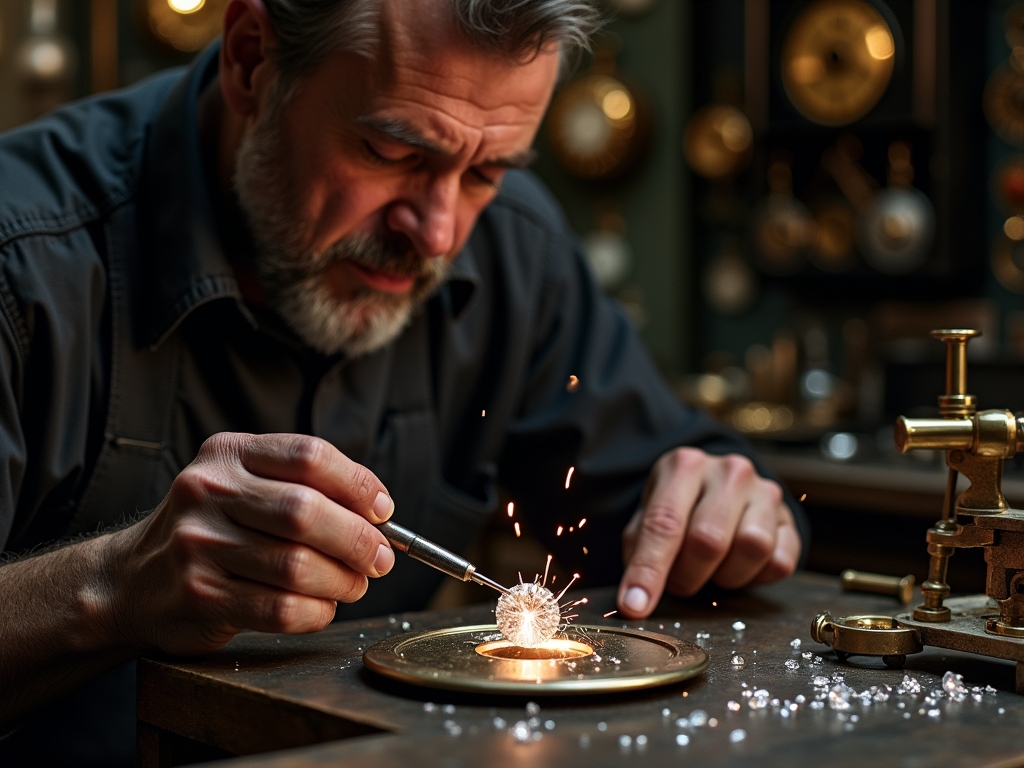
Lab-grown diamonds share the same hardness, brilliance, and structure as natural diamonds, offering a sustainable and affordable alternative.
For a detailed look at diamond durability, read: Are Lab-Grown Diamonds as Strong as Mined Diamonds?
3. The Formation of Diamonds: Nature vs. Technology
Natural diamonds take billions of years to form under intense heat and pressure deep within the Earth’s crust. This lengthy process adds to their allure but doesn’t necessarily make them rare.
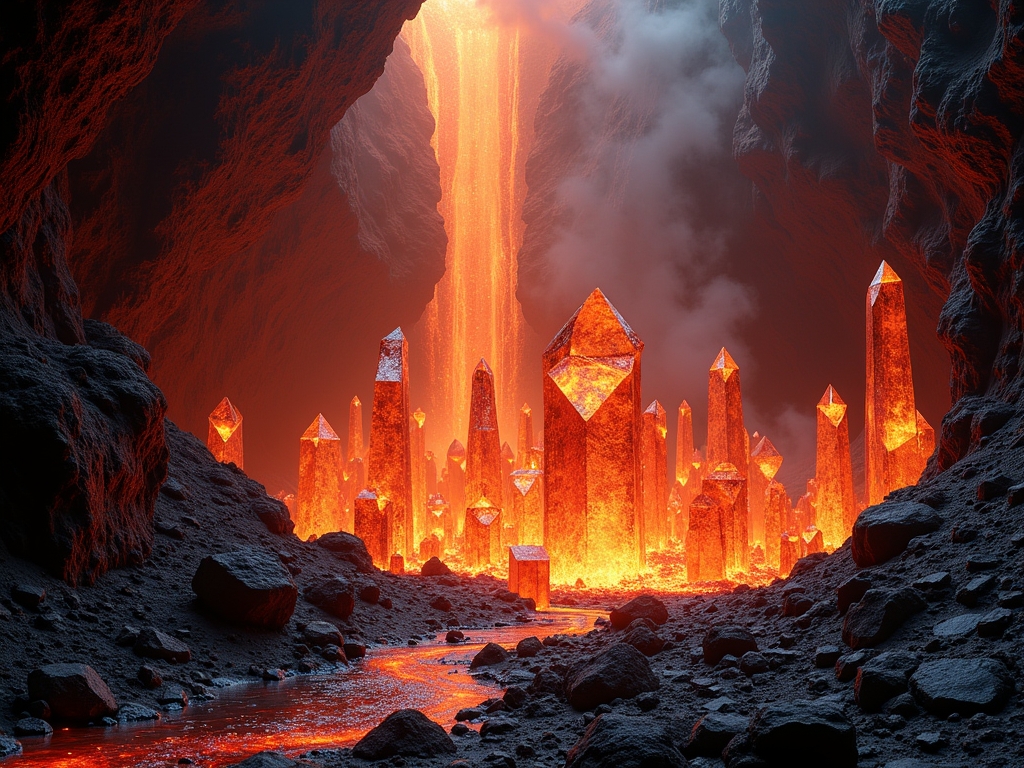
Lab-grown diamonds, on the other hand, are created in just a few weeks using advanced technology that replicates these natural conditions. They possess the same chemical and physical properties as mined diamonds but come without the environmental cost.

4. The Rare Beauty of Colored Diamonds
While white or colorless diamonds are common, naturally colored diamonds—such as blue, yellow, red, and green diamonds—are exceptionally rare. In fact, these colored gems make up only about 2% of all diamonds mined globally.
If you’re looking for a truly rare diamond, colored diamonds are a unique option, though they come with a hefty price tag.
Discover more about rare diamond colors: Rarest Diamond Colors and Their Significance
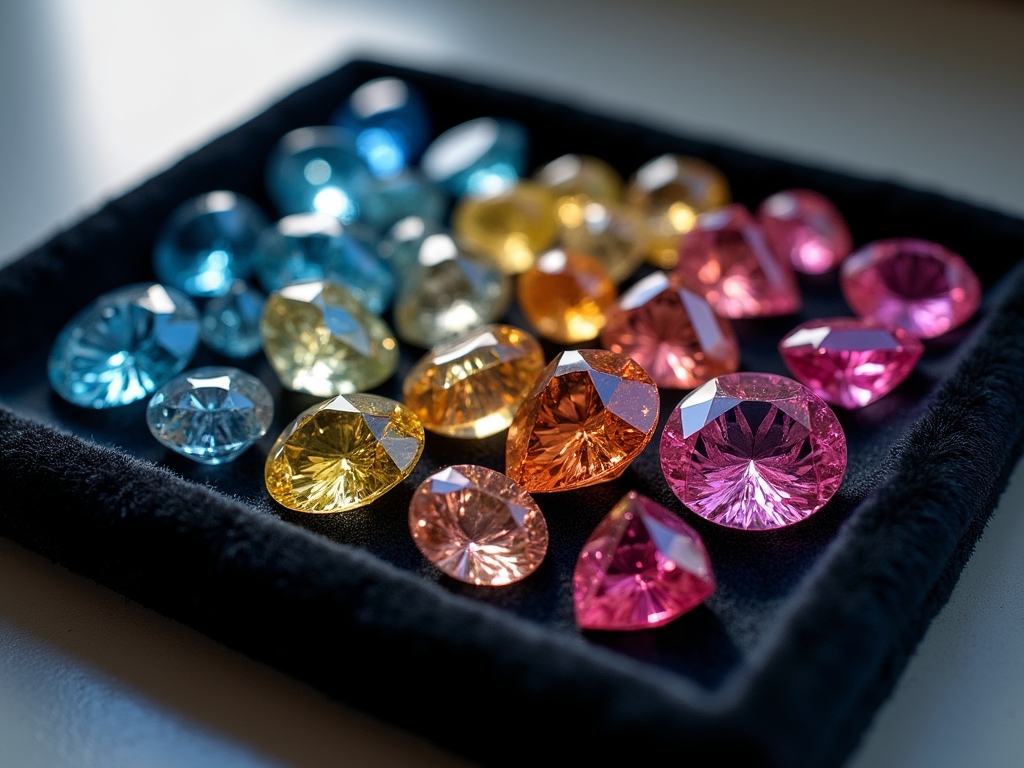
5. Lab-Grown Diamonds: The Future of Sustainable Jewelry
As consumers become more conscious of ethical sourcing and environmental sustainability, lab-grown diamonds are emerging as the preferred choice. They offer all the beauty of natural diamonds without the harmful effects of mining.

Why Choose Lab-Grown Diamonds?
- Authentic Quality: Lab diamonds are real diamonds with the same properties as natural ones.
- Quick Formation: They are created in controlled lab environments in weeks, not billions of years.
- Eco-Friendly: Lab-grown diamonds eliminate the need for massive, environmentally harmful mining operations.
- Affordable: They cost up to 80% less than natural diamonds, making them perfect for budget-conscious shoppers looking to buy jewelry online.
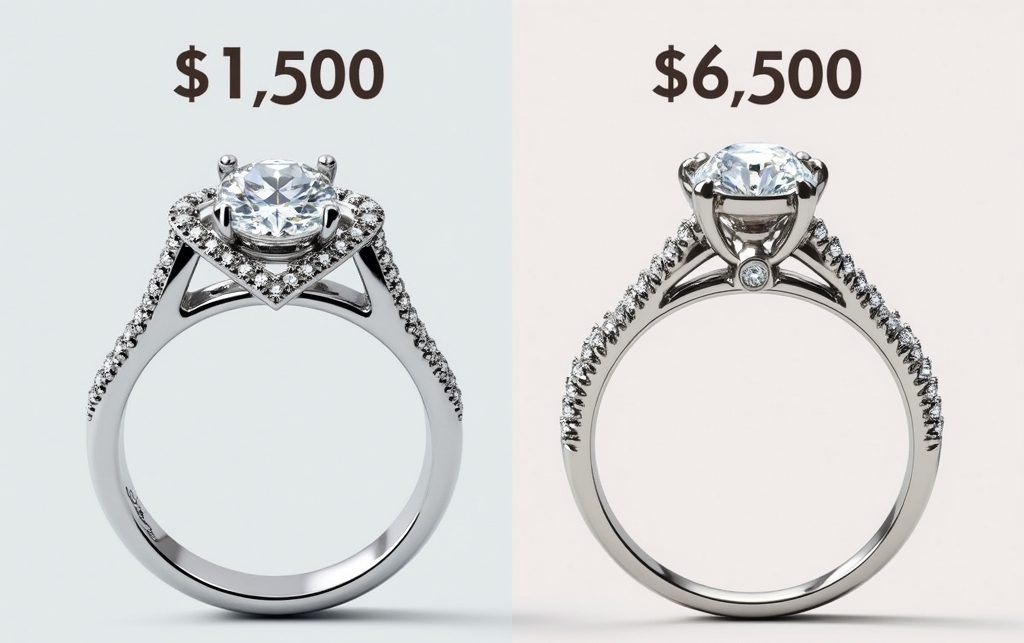
For more reasons to choose a lab-grown diamond, read: Reasons to Choose a Lab-Grown Diamond Engagement Ring
Conclusion: A New Era of Diamonds
While diamonds have always been admired for their beauty and durability, lab-grown diamonds are reshaping the industry by offering a sustainable, ethical, and cost-effective alternative. Whether you’re shopping for a timeless engagement ring, a diamond bracelet for women, or a custom pendant and chain, consider lab-grown diamonds for their undeniable benefits.
Explore our collection today at DiamondTrov and discover our exquisite selection of both natural and lab-grown diamonds, designed to add sparkle to your life without compromising your values.



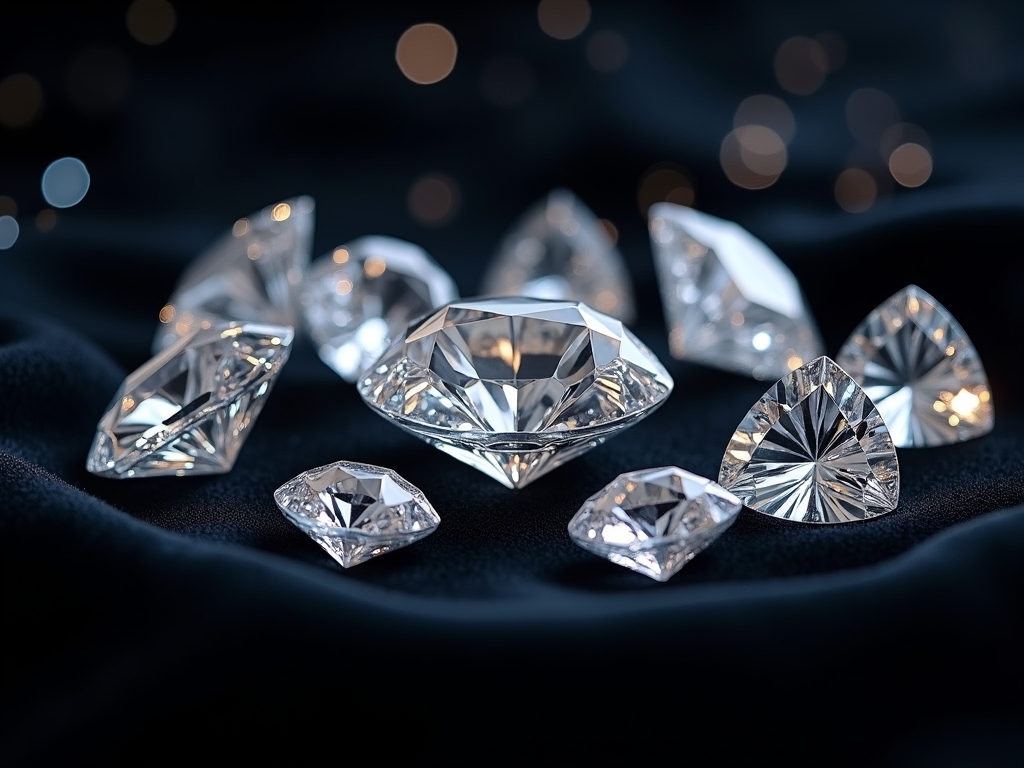


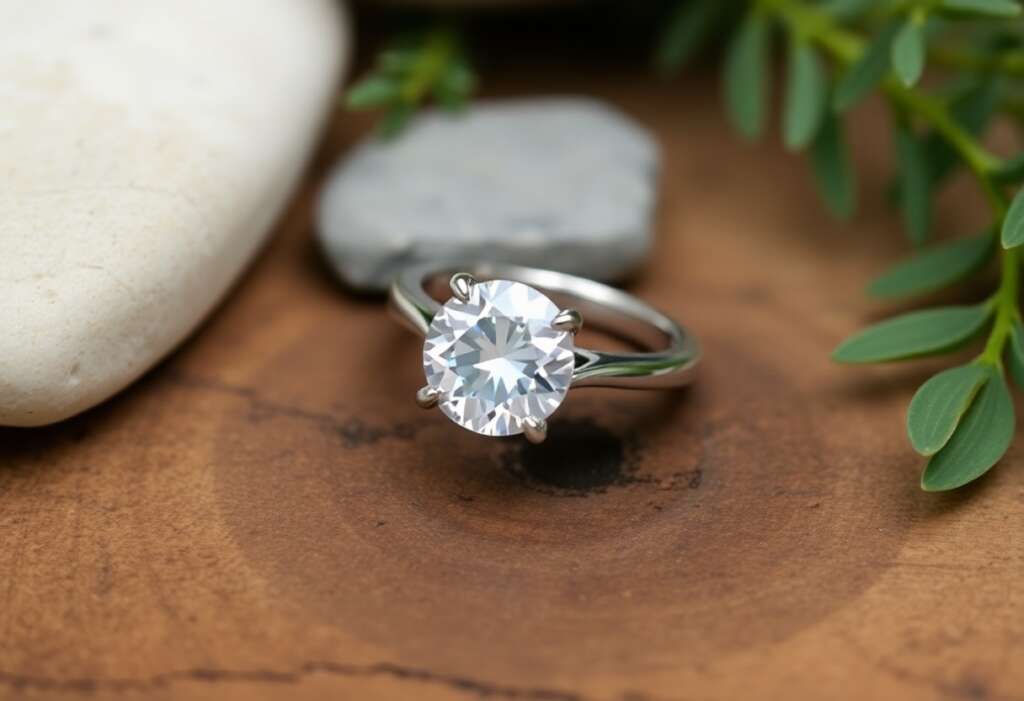
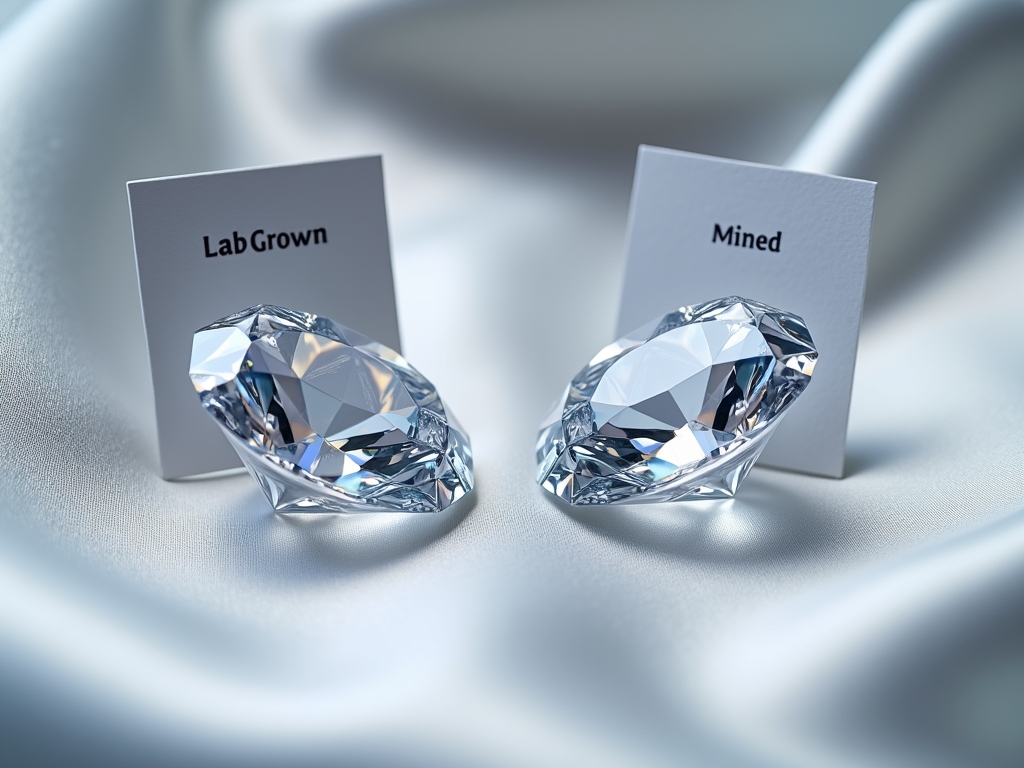
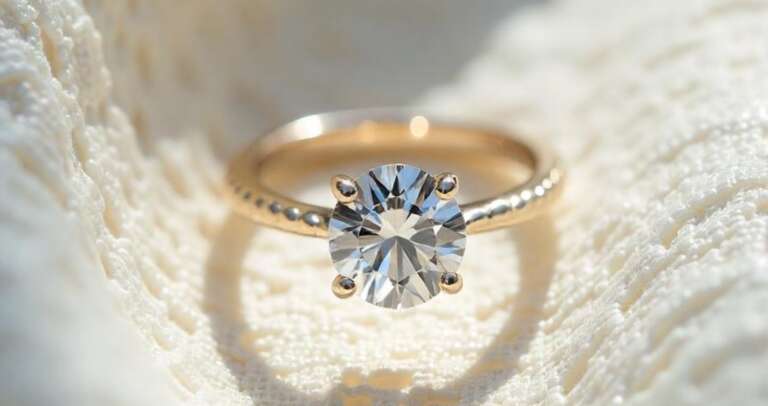
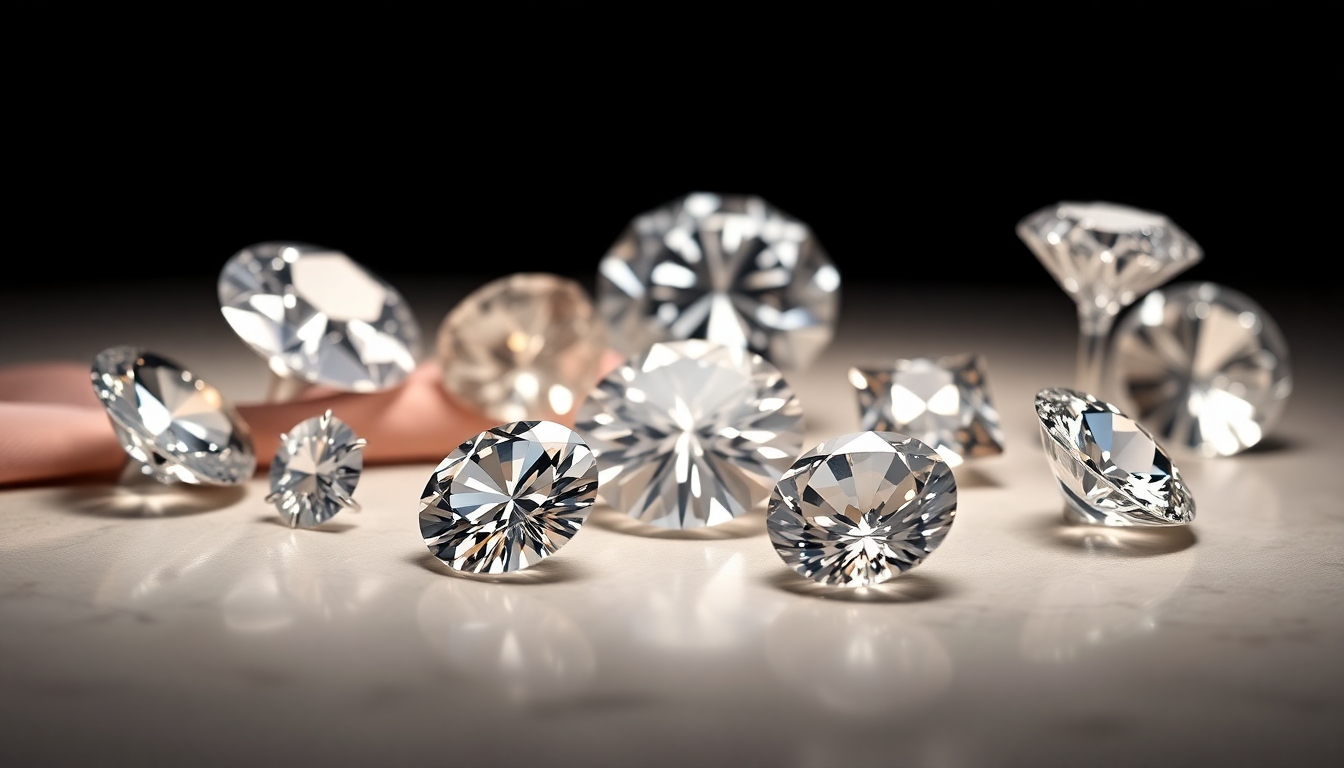
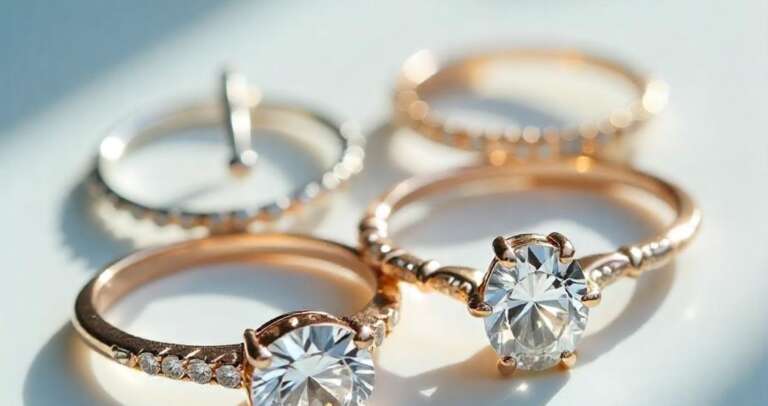
Leave a Comment